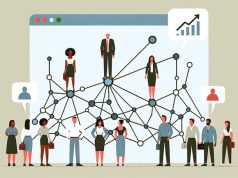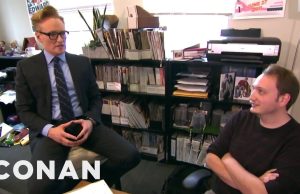As the sun sets on the tenure of baby boomers and a new dawn rises with Generation Z poised to take the reins, the federal workforce is at a pivotal juncture. Government agencies find themselves at the intersection of significant demographic shifts, a remote work revolution, and consequential policy reforms. These changes are not merely reshuffling the deck chairs on the bureaucratic ocean liner; they’re redesigning the ship itself. In this article, we’ll chart the course the federal workforce is navigating and forecast the implications for public service in the United States.
As an experienced Veterans Affairs Administrator, I’ve seen firsthand the transformation within just one segment of the federal workforce. The wave of retirements among the baby boomer generation is a clarion call to rethink recruitment and retention strategies. It’s no secret that younger workers harbor different expectations—seeking purpose, flexibility, and a work-life balance that the rigid federal work schedule tradition has seldom offered. Yet, this diverse, tech-savvy cohort carries with it the promise of innovation and the potential for a cultural metamorphosis within the federal sector.
The unprecedented shift to remote work has transcended private-sector cubicle farms to sprout within the stoic halls of government buildings. Initially driven by necessity, remote work is now a mainstay, reshaping every aspect of federal employment. It beckons a reevaluation of security protocols, data handling, and the very definition of teamwork and collaboration.
Policy changes loom on the horizon as agencies grapple with these new realities. How can they create environments that harness the advantages of telecommuting while maintaining accountability, productivity, and the sanctity of public trust? The blueprint for the future federal workplace will need to balance the flexibility employees crave with the discipline essential to their roles as stewards of public service.
One cannot overlook the infrastructural implications, from cybersecurity enhancements to the adoption of cloud-based collaboration tools, all designed to sustain a disaggregated yet cohesive federal workforce. Embracing these technologies is no longer optional; it’s a cornerstone of next-generation government operations.
As we deliberate on the routes to navigate through these shifting landscapes, it’s imperative to sustain a dialogue that’s inclusive of the myriad perspectives within the federal workforce. The strategies we employ today will undoubtedly impact the efficacy of public service delivery. The mission is clear: to forge a government workforce that’s adaptable, tech-enabled, and ready to face the complexities of the 21st century.
This dialogue goes beyond the four walls of any office building—it invigorates the very essence of our service to the public. Our commitment to this evolution, and to the American people, must be unwavering. The time is now to lay the cornerstone of a modern, effective, and resilient federal workforce.




























